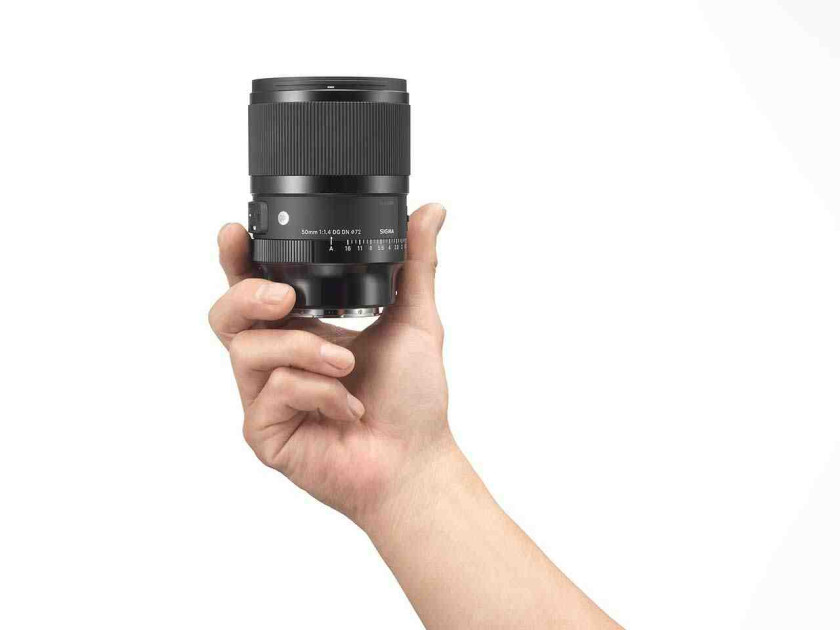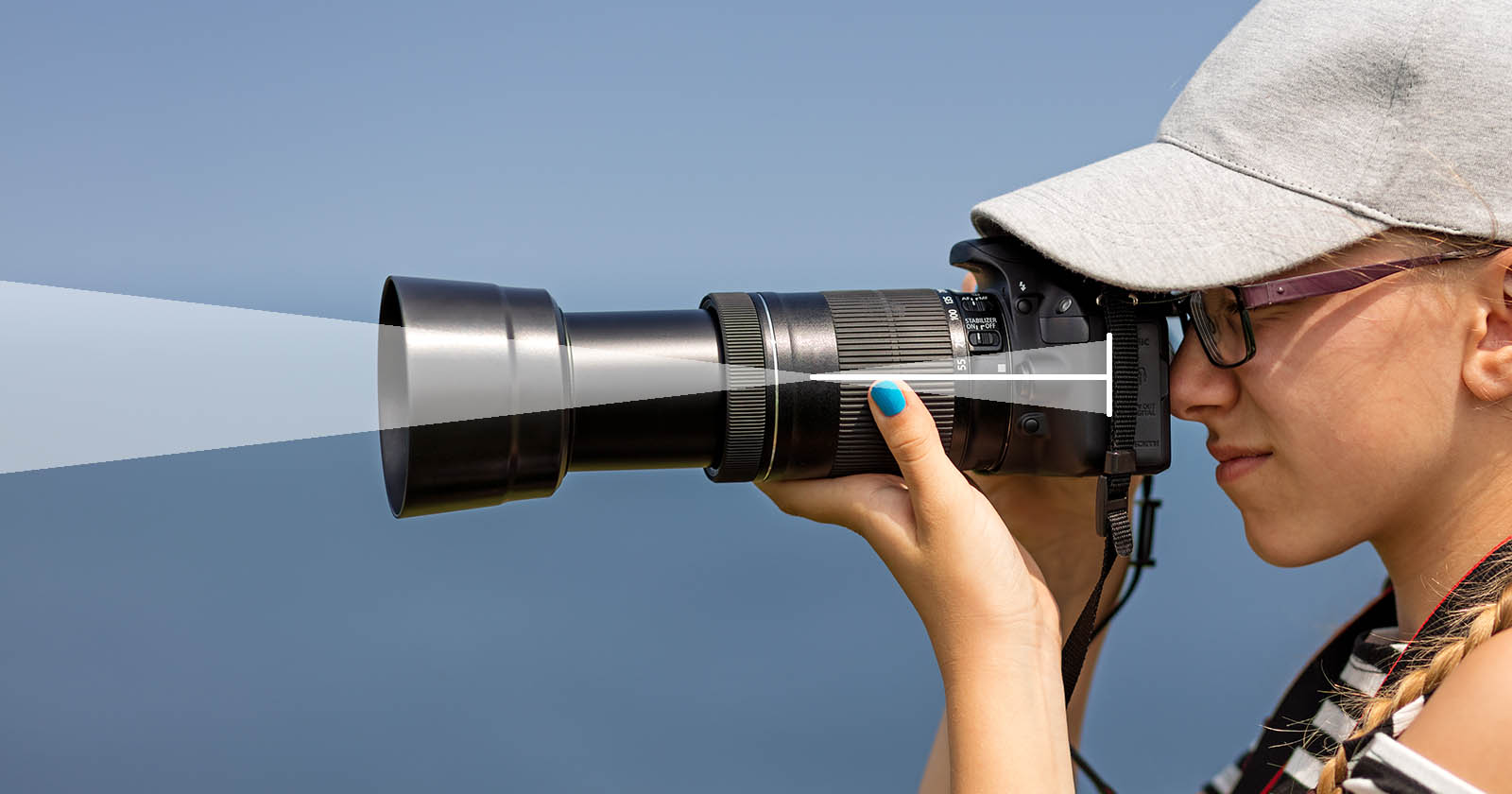
One of the most basic and common terms in the world of photography is the focal length of a lens. In this guide, we will dive down deep into what focal length is and how it works.
Photography revolves around capturing moments, whether it be an amazing misty landscape in the mountains, a colorful bird soaring through the sky, or a child at home eating their first slice of birthday cake. Each of these scenarios dictates the use of different techniques, equipment, and knowledge to capture the scene to the specifications of the photographer’s imagination. Whether you are a newcomer to the world of photography or a seasoned pro, it is important to know the basic science of your equipment in order to get the best output from your efforts.
The focal length of a lens will determine not only how much of a scene you will be able to capture at certain distances, but also how the objects in the scene will appear on the camera’s sensor. So, what is it, exactly, and how does it impact the photos you take?
Table of Contents
What is Focal Length?
First of all, it is important to know that we are not talking about your camera when we refer to focal length. The camera of course plays an important role, but it is the job of the lens to take the light and focus it at a particular point. The light from the scene hits the object and bounces from the object to the lens, which then focuses the image through its optical center and transposes it back out to the sensor.
When the lens is focused to infinity (hyperfocal distance), the distance from that optical center inside the lens to the camera’s image plane (i.e. the sensor, film, or plate, sometimes indicated by a Φ symbol on modern cameras) is referred to as the lens’s focal length.

To put it simply: focal length is the measurement, in millimeters, of the distance from a lens’s optical center to the image plane in the camera.
![]()
The focal length of a lens is typically printed on the front of the lens housing, and expressed in millimeters (e.g. “50mm” or “24-70mm”).
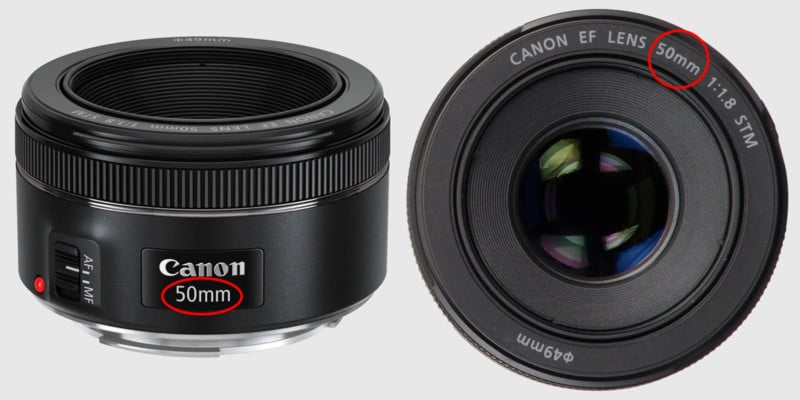
A 200mm telephoto lens will have an optical center 200mm away from the sensor, and the 14mm wide-angle lens will have its optical center 14mm from the sensor. It doesn’t matter if you have a crop sensor or a full-frame sensor – this distance will remain the same regardless.
Angle of View vs. Magnification
Now that we know the physical definition of focal length, what does this actually mean to us as photographers? How does focal length impact the images we take?
To begin, let’s start with a simulation of what is called “angle of view” or “field of view.” Take a piece of paper and cut a small coin-sized hole through it. Take that paper and hold it in front of you at arm’s length. What can you see through the hole? Only a small portion of the scene is viewable, and the rest of it is obscured by the paper. Now, slowly bring the paper toward your eye and see how the view through the hole changes. You can see more of the scene as the distance between your eye and the hole becomes smaller.
Does this sound familiar? It should! As the focal length changes, so too, does the angle of view.
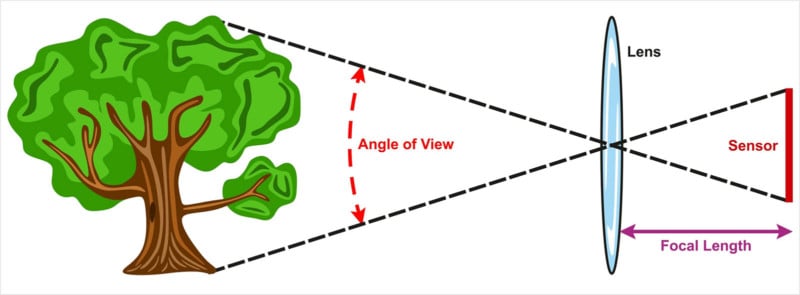
Telephoto lenses, where the focal length is greater, have a narrower angle of view. Conversely, wide-angle lenses, where the distance between the optical center of the lens and the camera sensor is smaller, have a wider angle of view.
So, why would we ever want such a narrow angle of view that a telephoto lens provides? Why don’t we just get a super wide-angle lens and have as much of the scene as we want? The answer has to do with magnification. If you are far away from the object you would like to photograph, you will need some form of magnification to capture it. Otherwise, it will appear as a tiny dot in the frame.
Okay, no problem – let’s put some additional pieces of glass on there to magnify the scene. Now you can see things closer up than you otherwise would have been able to earlier. That small hole in the paper, if you hold up a magnifying glass to your eye, will appear bigger.
If you have an even bigger and more powerful magnifying glass (or telescope/binoculars), the image as seen through the hole will be even larger to the point where you don’t see the paper any longer and you only see the image/subject itself. Focus the magnifying device you are using so the distant image is clear, and voila: you have recreated, in a rudimentary way, how your telephoto lens works.
That’s all fine and we understand the basic concept, but why can’t we just have the best of both worlds? Let’s get the widest angle and the ability to magnify it to a greater degree? Well, the problem here is that if you put a giant magnifier on the front of a wide-angle lens to cover the wider angle of view, all you would end up with is a giant telephoto lens. It would necessarily magnify the image circle on the sensor to the point where you wouldn’t even see that wide angle of view anymore.

Ultimately the solution would be to get a larger sensor to record more detail from the image circle, and then you start talking about using medium format cameras or even large format cameras that have larger sensor sizes. So, it is possible to a degree, if you are willing to buy a larger sensor and carry around a heavier, larger camera.
This also works in reverse: If using the same lens on a smaller “crop” sensor, which records even less of the projected image circle, it simulates a smaller field of view with the same lens. This is why the “effective” focal length differs on full frame vs. crop sensors when using identical lenses.
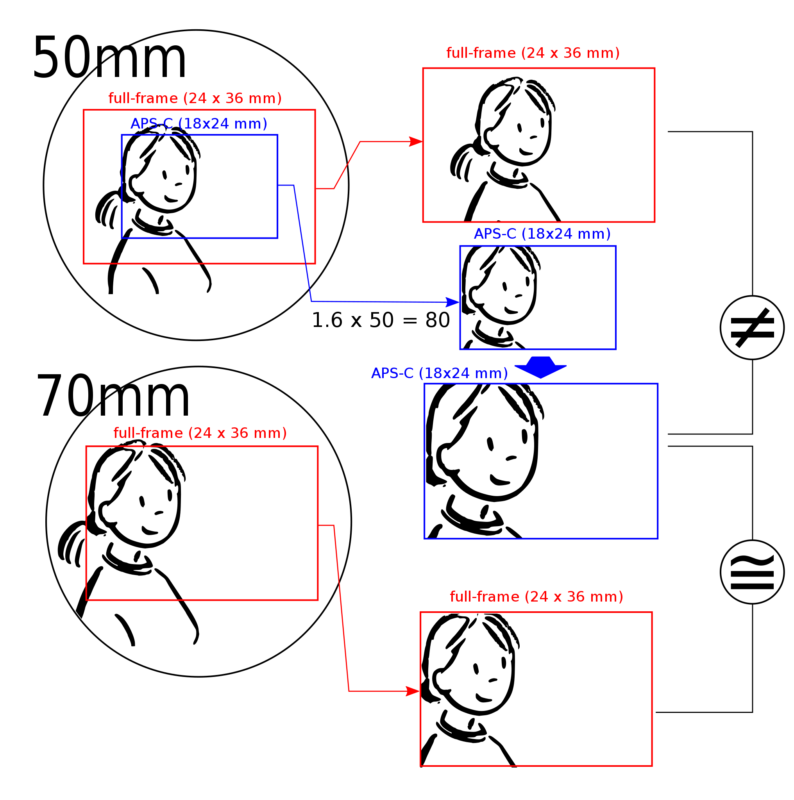
The design of camera lenses isn’t what this article is about, though. Practically speaking, here’s what you should know:
The greater the focal length, the narrower the angle of view, and the more magnified a subject is. The lesser the focal length, the wider the angle of view, and the less magnified a subject is.
Here are 12 different photos showing the same scene captured from the same location with 12 different focal lengths ranging from ultra-wide (17mm) to ultra-telephoto (2000mm):
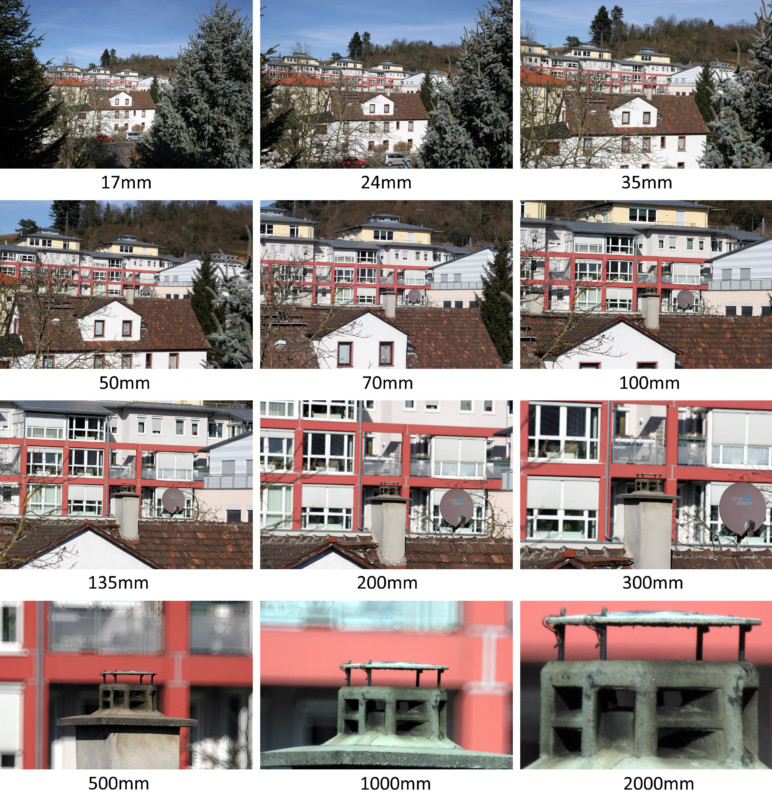
Prime Versus Zoom Lenses
There are two main types of lenses: prime lenses and zoom lenses.
A prime lens has a fixed focal length that cannot be adjusted. Photographers are therefore restricted to a single angle of view when using any prime lens. To achieve a different composition with a prime lens, one must “zoom with their feet” and either move closer or further away from a scene or subject. Examples of popular prime focal lengths include 24mm (a wide-angle lens), 50mm (a normal lens), 85mm (a portrait lens), and 300mm (a telephoto lens).
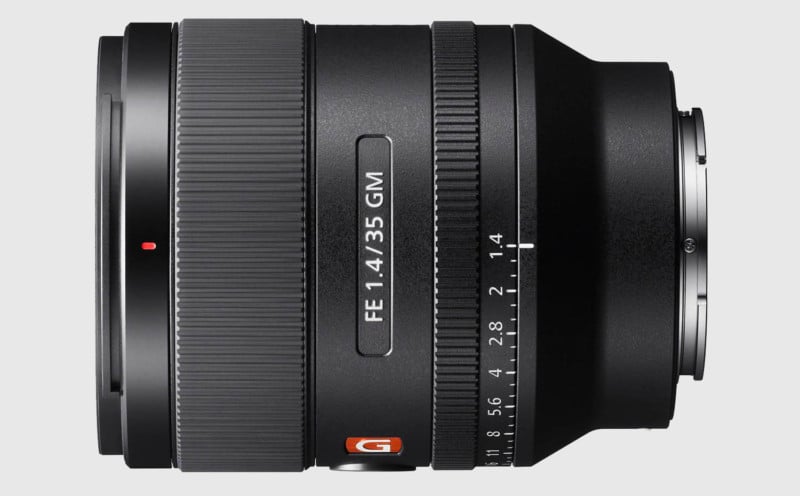
A zoom lens, on the other hand, has a variable focal length that can be adjusted, allowing a photographer to zoom in and out on a scene or subject. Instead of having to move to achieve a different composition, a photographer can simply change the focal length (usually by turning a ring that moves inner lens elements forward and backward) to adjust the angle of view and composition. Popular zoom lens focal ranges include 18-55mm (offered by many kit lenses), 24-70mm (a versatile do-it-all range), and 70-200mm (for everything from portraits to sports).
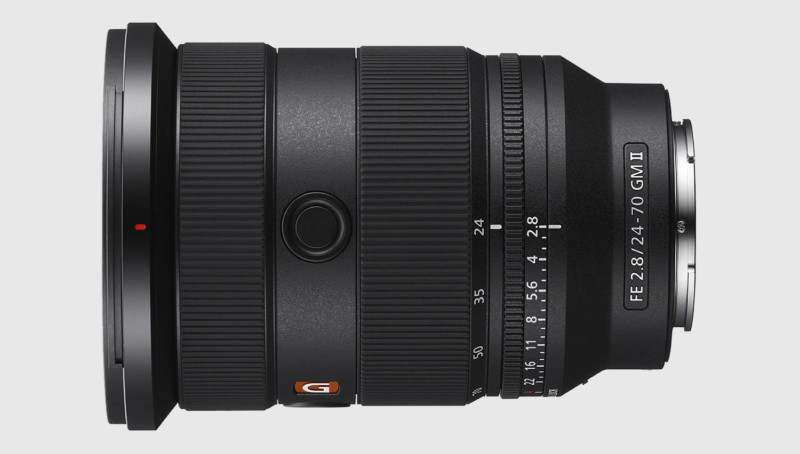
While zoom lenses are more versatile than prime lenses since they allow you to shoot a variety of focal lengths without having to switch lenses and carry multiple lenses, they are typically bigger, heavier, slower (i.e. have a smaller maximum aperture), and more prone to image quality issues due to the more complicated inner design and construction.
Zoom lenses also generally feature one of two designs: extending zooms and internal zooms.
Extending zoom lenses have lens elements that physically move in and out of the lens barrel as the focal length is changed. This means that as you zoom in and out, the lens grows longer and shorter, respectively. This type of zoom lens can be bulkier and more complex, but it may allow for a wider range of focal lengths compared to internal zoom lenses.
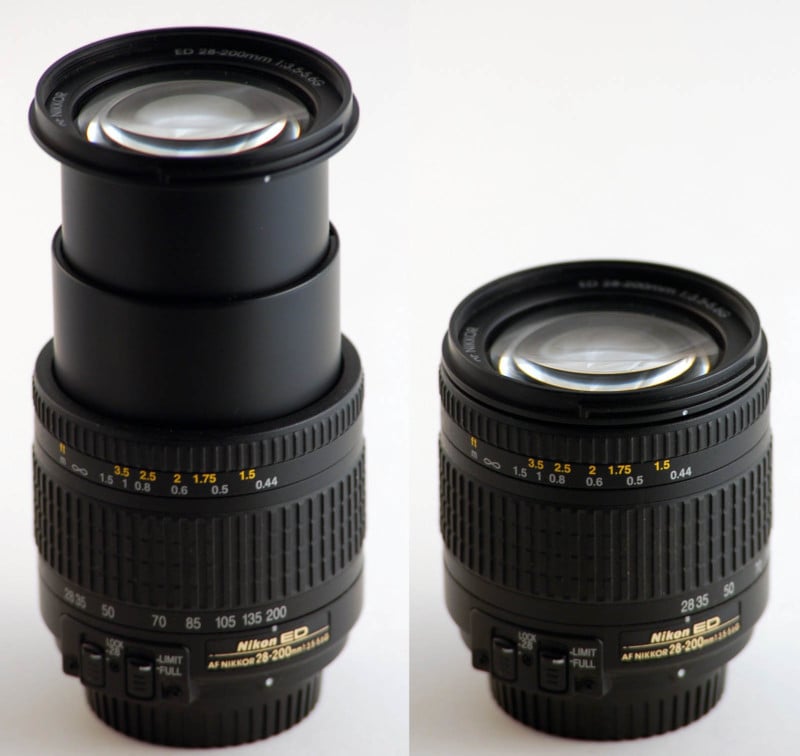
Internal zoom lenses, on the other hand, have lens elements that change position within the lens barrel, meaning that when viewed from the outside, the lens does not physically change in length when zooming.
Categories of Focal Lengths
Lenses are often referred to as certain types based on their focal length or range (and angle of view). They are ultra wide-angle, wide-angle, normal/standard, telephoto, and super-telephoto.
- Ultra wide-angle lenses are rectilinear lenses with a focal length shorter than 24mm (in 35mm terms) and an angle of view wider than 84°.
- Wide-angle lenses usually have a focal length between 24mm and 35mm, with an angle of view between 84° and 64°.
- Normal/standard lenses generally have a focal length in the range of 36mm and 60mm, with an angle of view between 63° and 40°.
- Telephoto lenses usually have focal lengths greater than 70mm and an angle of view narrower than 34°.
- Super-telephoto lenses typically refer to those with focal lengths over 300mm and angles of view less than 8°.
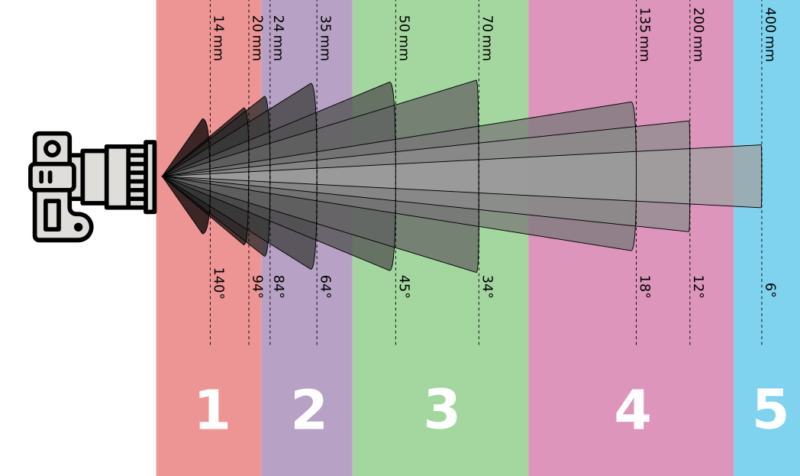
What focal length you choose to use often depends on the subject matter you’re photographing.
- Wide-angle lenses capture a wide view of the world and are often used to capture landscapes, architectural photos, and large groups of people. They can also be used to create dramatic perspectives and emphasize the foreground of a scene.
- Normal lenses are often used for general photography. They offer a natural perspective that is similar to the human eye, making them a good choice for portraits, street photography, and everyday photos.
- Telephoto lenses allow you to capture distant subjects in detail. They are commonly used in sports, wildlife, and event photography. Telephoto lenses are also useful for creating shallow depth-of-field effects, which can isolate your subject from the background.
Distortion, Compression, and Depth of Field
Whether you are a portrait photographer, into architecture, or even working with product photography, you will need to consider the impact of distortion when selecting lenses. On a most basic level before getting into the details, the wider angle of the lens you use, the more you will have to deal with pincushion and angular distortion in your images.
Many people should be familiar with the idea of pincushion distortion if they’ve ever looked into a curved mirror, similar to being in one of those carnival ‘funhouses.’ If the mirror is concave (like looking at the inside of a spoon, it bends inward and away from the viewer), the distant viewer sees themselves as smaller in the center of the image and the edges of the mirror appear to stretch the boundaries of the image outward.
This concave effect is common in wide-angle lenses and has implications for things like representing the angles of buildings accurately for architecture to causing exaggerated features in a portrait subject. There are actually rectilinear lenses that attempt to correct for pincushion and barrel distortion, and generally the distortion effect we list here is found in curvilinear lenses. That being said, this is still an important consideration when selecting lenses if you’re not sure.
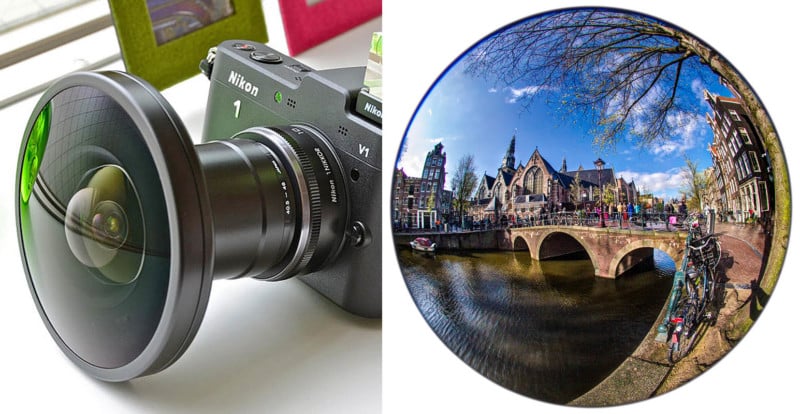
Thinking of the spoon example again, moving very close to a large spoon would cause the viewer’s image to be distorted in a way that causes the outside of the face to be smaller than the inside of the face. One can imagine large noses and eyes on a small head, and realize that this might not be the optimal lens for a close-up portrait. That doesn’t mean wide-angle lenses cannot be used for portraits – only that it should be a consideration to avoid ill effects. Wide-angle lenses are actually great for environmental portraiture in certain circumstances, as long as you know how to use them.
On the opposite end of the spectrum, “lens compression” is a feature people notice with telephoto lenses that makes objects in the background appear larger in comparison to the subject. It also flattens the face of a subject much to the opposite effect of a wide-angle lens, which produces a more natural look. This is also sometimes referred to as “perspective distortion.”
Sometimes you will see landscape photographs showing a small town with a towering mountain behind it or a sunset that appears unnaturally large compared to the scene. What is happening here? The photographer may have used an extreme telephoto lens – let’s say 400-600mm – and backed up.
That last part is the key: lenses don’t cause “compression” — distance does.
The result is that the foreground subject gets smaller as the photographer backs up, and the distant background remains relatively the same, making the background appear much larger relative to the subject. This is the effect of compression and can be actually quite useful depending on the ‘storytelling’ you are trying to convey to the viewer.
Both compression and other types of distortion are useful tools not only in photography but also videography, where the choice of focal length can impact what is emphasized in a scene. Also, a great example of how these effects impact how a face is rendered to the viewer can be seen via the “dolly zoom,” most popularized by movies like Jaws or Vertigo. In the former, the cinematographer zooms in from minimum focal length (wide angle) to maximum focal length (telephoto) while physically moving backward on a dolly and thus maintaining the same framing of the subject in the process. The main change the viewer sees is a narrower angle of view and background compression, as the face of the subject widens to natural proportions.
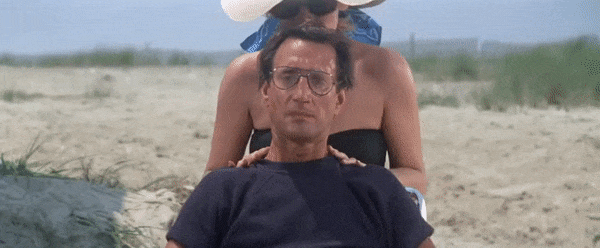
Lastly, depth of field, which could be the subject of an entirely different article, is impacted by the focal length of the lens. Any street photographer might tell you it is easier to zone focus with a wider angle lens because the depth of field at mid-range apertures is much greater. Likewise, a portrait or sports photographer might really enjoy using a telephoto lens because the longer focal length also reduces the depth of field comparatively at a distance. This lets them create additional background separation from the subject, making them stand out in photos and reducing distractions.
Conclusion
Understanding the concept of focal length is an important first step in your photography journey as it allows to you choose the right lens for your needs. The focal length you select can affect visual impact, depth of field, and the magnification of your subjects in your photos.
We hope this guide was helpful to you as you grow in your understanding of basic photography concepts.
About the author: Adam Klann is a freelance photographer based in Bangkok, Thailand. You can find more of Klann’s work on his website, Twitter, and Instagram.
Image credits: Header photo from Depositphotos

